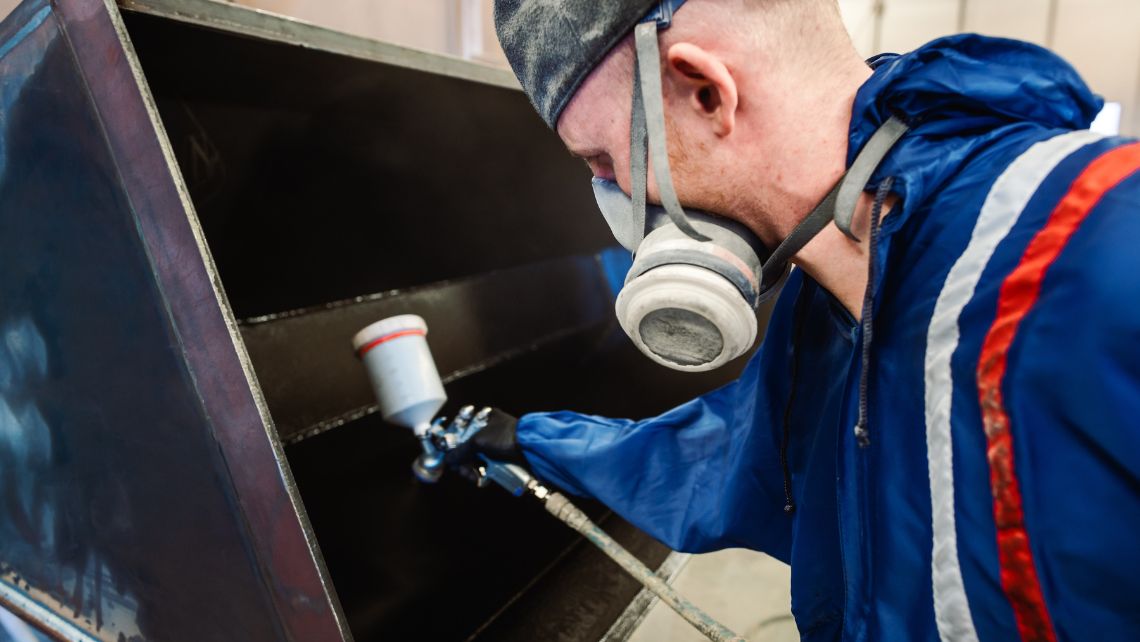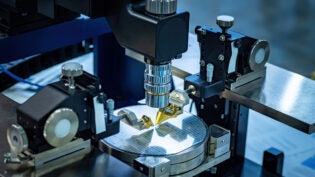Manufacturing: Why Metal Surface Treatment Is Important
By: Dan Coconate

When you’re watching heavy machinery in action or marveling at architectural wonders, you’re looking at the backbone of our industrial world. Yet, the life and performance of those metal components depend greatly on what’s happening at a microscopic level on the surface of the metal. In this post, we’ll explore why treating metal surfaces is an industrial necessity while also covering powerful ways to ensure the longevity, quality, and even the aesthetics of the metals we rely on.
The Unseen Importance of Metal Surface Treatment
For anyone who’s not deep in the world of metalworking, it’s easy to underestimate just how pivotal surface treatment is. It’s not just about looks, although a well-treated metal surface does shine when it can boast a quality treatment. The truth is that metal is vulnerable. When exposed to the elements or subject to chemicals and general wear and tear, an untreated metal surface will age quicker, corrode faster, and might even fail when you least expect it.
Small businesses and large manufacturers alike know that treating metals is a non-negotiable step in the production process. It ultimately saves time and money while also being an environmental protection effort. This is because treating metal can reduce the need for maintenance and slow the oxidation process that leads to rust in the case of anti-corrosive treatments.
The Benefits of Metal Surface Treatment
Each metal treatment method has its own benefits, but the overarching advantages are universally sought after. Improved durability stands out as the main benefit, as treated metals can withstand the rigors of their operational environments for longer periods, often significantly increasing the component’s usable life.
But it doesn’t stop there; better electrical conductivity, enhanced resistance to abrasion, and the chance to open up new aesthetic possibilities are all part of the package when talking about treated metals. Whether the goal is ensuring a surgical tool remains sterile, an aircraft’s wings can withstand high altitudes, or a piece of jewelry looks its best, metal treatment plays a crucial role in the functionality and appearance of the products we use daily.
A Closer Look at Metal Surface Treatment Methods
Now that you understand why metal surface treatment is so crucial, you should be aware of the fact that there’s a treatment for every metal and every need. Electroplating might be the go-to for metal objects in need of a shinier veneer, while anodizing is the hero for improving aluminum’s longevity in the face of the elements. Another method to familiarize yourself with is shot blasting, as it can prepare a metal’s surface for a new coat of paint, effectively getting rid of rust and old layers. While you’re at it, you should also learn how cryogenic cooling applies to the metal treatment process.
Regardless of the method you use, understanding the nuances of each treatment and the metals they pair with isn’t just a job for manufacturers. This knowledge provides a fascinating insight for everyone to see how we preserve and enhance the materials that keep us moving forward.
771 Views












